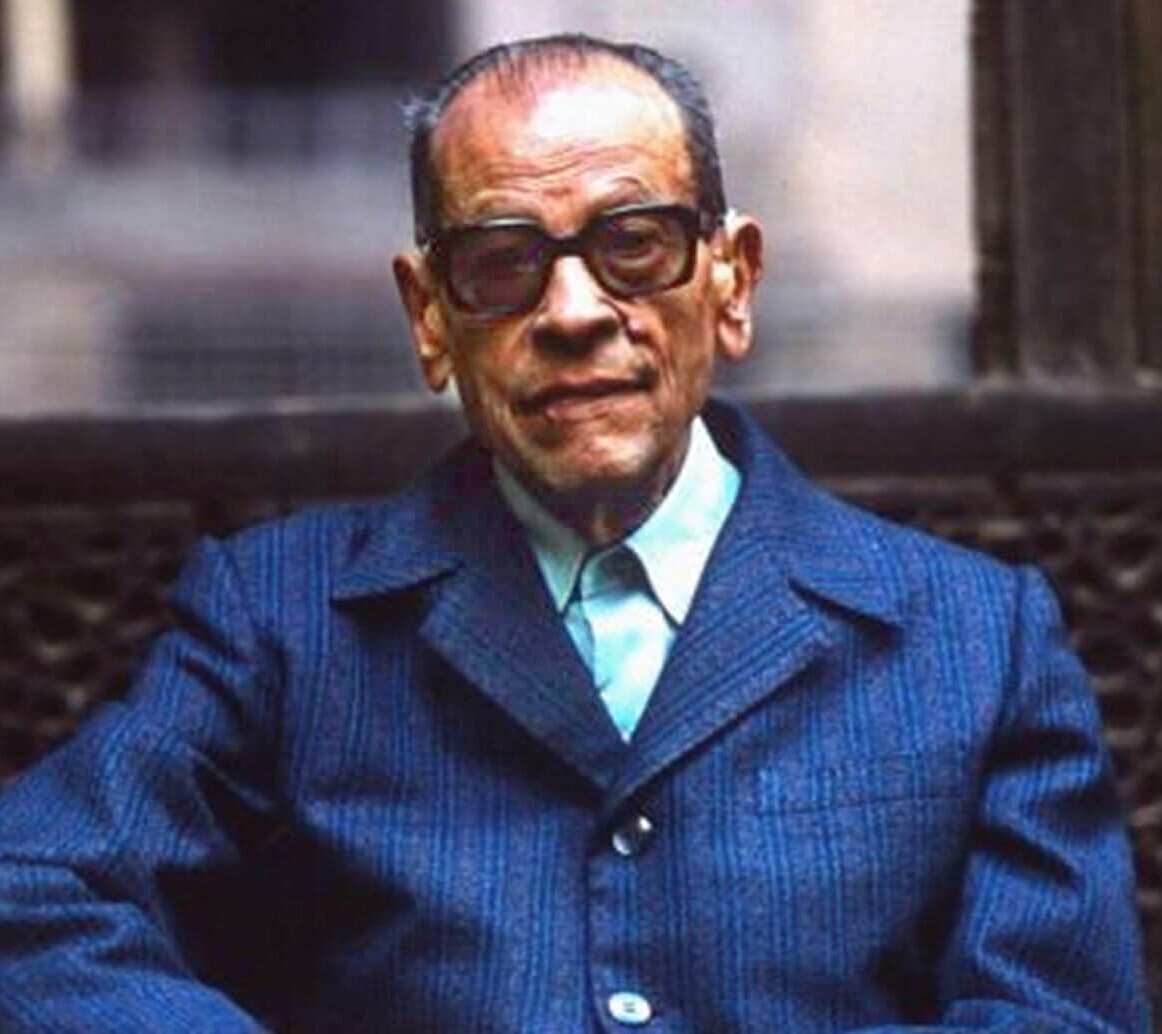
Through the eyes of Ahmad, the eldest Akif son and the novel’s central character, Mahfouz presents a richly textured vision of the Khan, drawing on his own memories to assemble a lively cast of characters whose world is framed by the sights, smells, and flavors of his childhood home. Believing that the German forces will never bomb such a famously religious part of the city, they seek safety among the crowded alleyways, busy cafés, and ancient mosques of the Khan, adjacent to the area where Mahfouz himself spent much of his young life.

Against this backdrop of international upheaval, this novel tells the story of the Akifs, a middle-class family that has taken refuge in Cairo’s historic and bustling Khan al-Khalili neighborhood. The time is 1942, the Second World War is at its height, and the Africa Campaign is raging along the northern coast of Egypt as far as El Alamein.

Famed for his skill as a storyteller, Naguib Mahfouz has here produced a novel that is as colorful and entertaining as the book that inspired it. Amid all of this, as in the Thousand and One Nights, genies appear out of bottles accidentally opened by innocent individuals, affecting their lives in exciting, sometimes detrimental ways. The chief of police is kept particularly busy dealing with the underground activities of various religious sects that are intent on changing the unscrupulous regime. It depicts a city plagued by widespread corruption among its most powerful citizens, and a pervasive sense of social unrest and insecurity.


Though it is set in an Islamic city in medieval times, the modern reader will find much in this novel that is surprisingly familiar. Though he is best known for chronicling his own times, in this novel, first published in Arabic in 1982, Mahfouz injects new life into an Arabic masterpiece. Drawing on the characters and the spirit of the classic A Thousand and One Nights, Arabian Nights and Days is a significant departure for Nobel laureate Naguib Mahfouz.


 0 kommentar(er)
0 kommentar(er)
